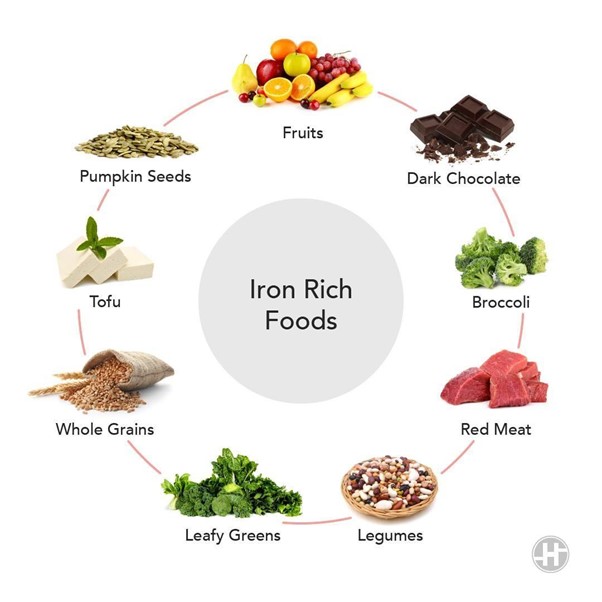Which client is at greatest risk for aspiration?
Client with a nasogastric tube to low, intermittent suction.
Client who has sensory aphasia and is receiving a clear liquid diet.
Client receiving 30% oxygen via a non-rebreather face mask.
Client experiencing dysphagia who is prescribed a full liquid diet.
The Correct Answer is B
Choice A
Client with a nasogastric tube to low, intermittent suction is not correct. While there is a risk of aspiration with a nasogastric tube in place, the tube is intended to help drain stomach contents, reducing the risk of aspiration. However, if the tube is not properly positioned or managed, there could still be some risk.
Choice B
Client who has sensory aphasia and is receiving a clear liquid diet is correct. Sensory aphasia refers to a language disorder that affects a person's ability to understand language and communication. This client may have difficulty swallowing safely and effectively, which increases the risk of aspiration. Additionally, a clear liquid diet consists of thin liquids that are more likely to be aspirated compared to thicker fluids.
Choice C
Client receiving 30% oxygen via a non-rebreather face mask is not correct. Oxygen therapy can increase the risk of drying the airways and potentially increasing the risk of aspiration, but if the oxygen mask is properly fitted and humidified, the risk may be minimized.
Choice D
Client experiencing dysphagia who is prescribed a full liquid diet is not correct. Dysphagia refers to difficulty swallowing, which can increase the risk of aspiration. However, a full liquid diet includes thicker liquids that are less likely to be aspirated compared to thin liquids. Still, the risk of aspiration exists, especially if the client has severe dysphagia.
Nursing Test Bank
Naxlex Comprehensive Predictor Exams
Related Questions
Correct Answer is C
Explanation
Choice A
Providing pamphlets about heart-healthy diet selections should not be implemented. Providing information is important, but it might not be as effective if the client is strongly resistant. Engaging in a conversation first can help tailor the information to the client's needs.
Choice B
Referring the client to a dietitian for nutrition education should not be implemented. A dietitian can provide valuable education, but it might be more beneficial to address the client's concerns and resistance before making the referral.
Choice C
Discussing client's concerns about the change in diet should be implemented. When a client is resistant or unwilling to make changes to their diet and lifestyle, it's important for the nurse to engage in open and empathetic communication. Option C, discussing the client's concerns about the change in diet, is the most appropriate initial response.
By engaging in a conversation with the client, the nurse can better understand the client's perspective, reasons for resistance, and potential barriers to making dietary changes. This approach allows the nurse to address the client's concerns, provide information, and work collaboratively to find solutions that might be more acceptable to the client.
Choice D
Suggesting exercise as an alternative to increase HDL levels should not be implemented. Exercise is important for heart health, but it's important to address the client's resistance to dietary changes first. Additionally, dietary changes and exercise can work together to improve overall heart health.
Correct Answer is A
Explanation
Choice A
Broccoli is appropriate recommendation. Given the client's history of iron deficiency anaemia and the current haemoglobin level below the reference range, it's important to recommend foods that are good sources of iron. Among the options provided, broccoli is the most suitable choice. Iron from plant-based sources (non-heme iron) might be less easily absorbed than iron from animal sources (heme iron), but combining them with foods high in vitamin C can enhance iron absorption. Broccoli is a vegetable that contains both iron and vitamin C, making it a favourable choice to support the client's iron intake and help address the anaemia.
Choice B
Carrots are inappropriate. While carrots are a nutritious vegetable, they are not particularly high in iron.
Choice C
Cheddar cheese is inappropriate. Dairy products like cheddar cheese are not significant sources of iron.
Choice D
Whole milk is inappropriate. Whole milk is not a significant source of iron either. Additionally, calcium in milk might hinder iron absorption if consumed together.

Whether you are a student looking to ace your exams or a practicing nurse seeking to enhance your expertise , our nursing education contents will empower you with the confidence and competence to make a difference in the lives of patients and become a respected leader in the healthcare field.
Visit Naxlex, invest in your future and unlock endless possibilities with our unparalleled nursing education contents today
Report Wrong Answer on the Current Question
Do you disagree with the answer? If yes, what is your expected answer? Explain.
Kindly be descriptive with the issue you are facing.
